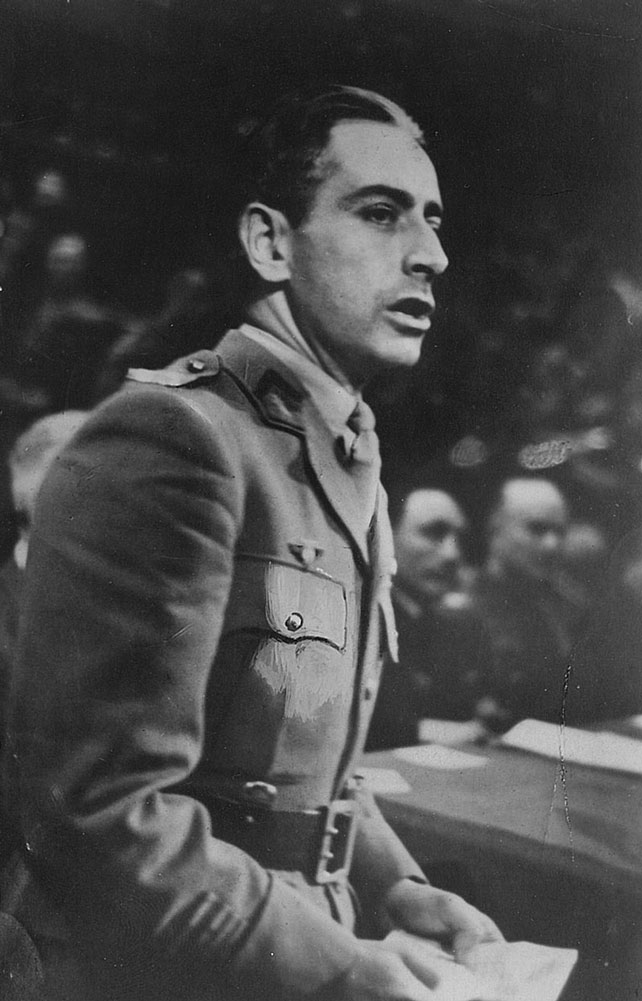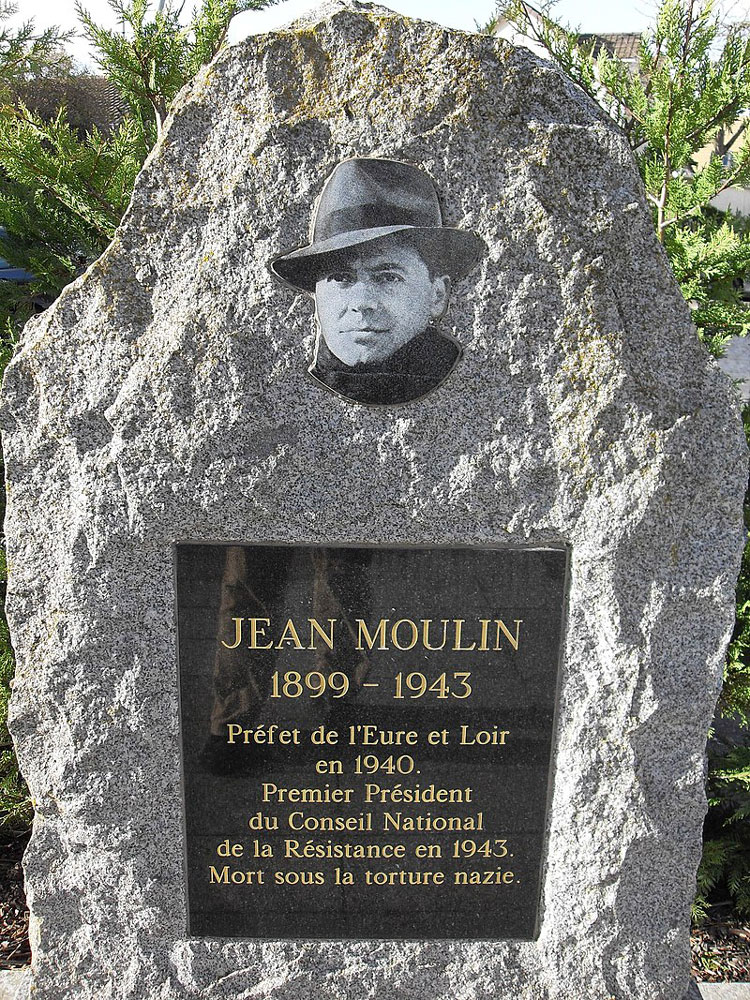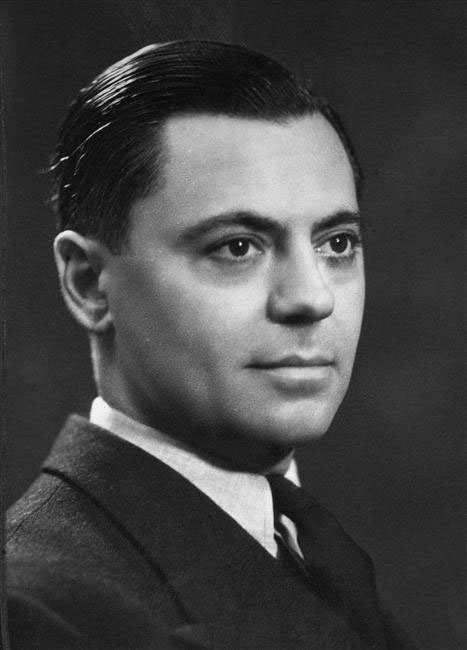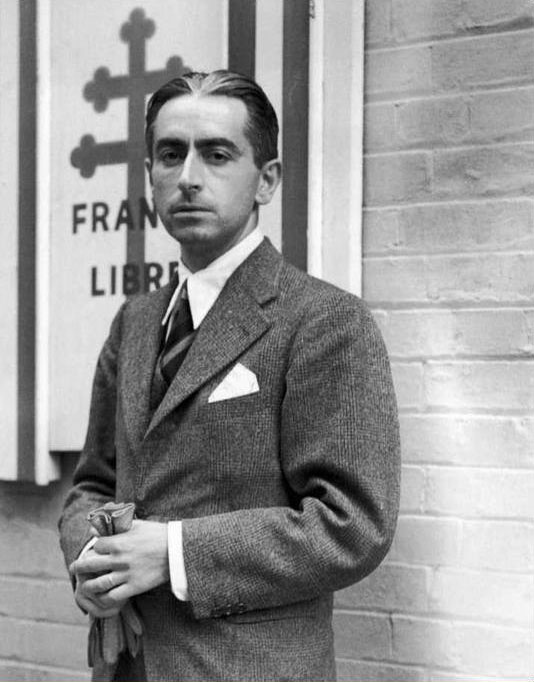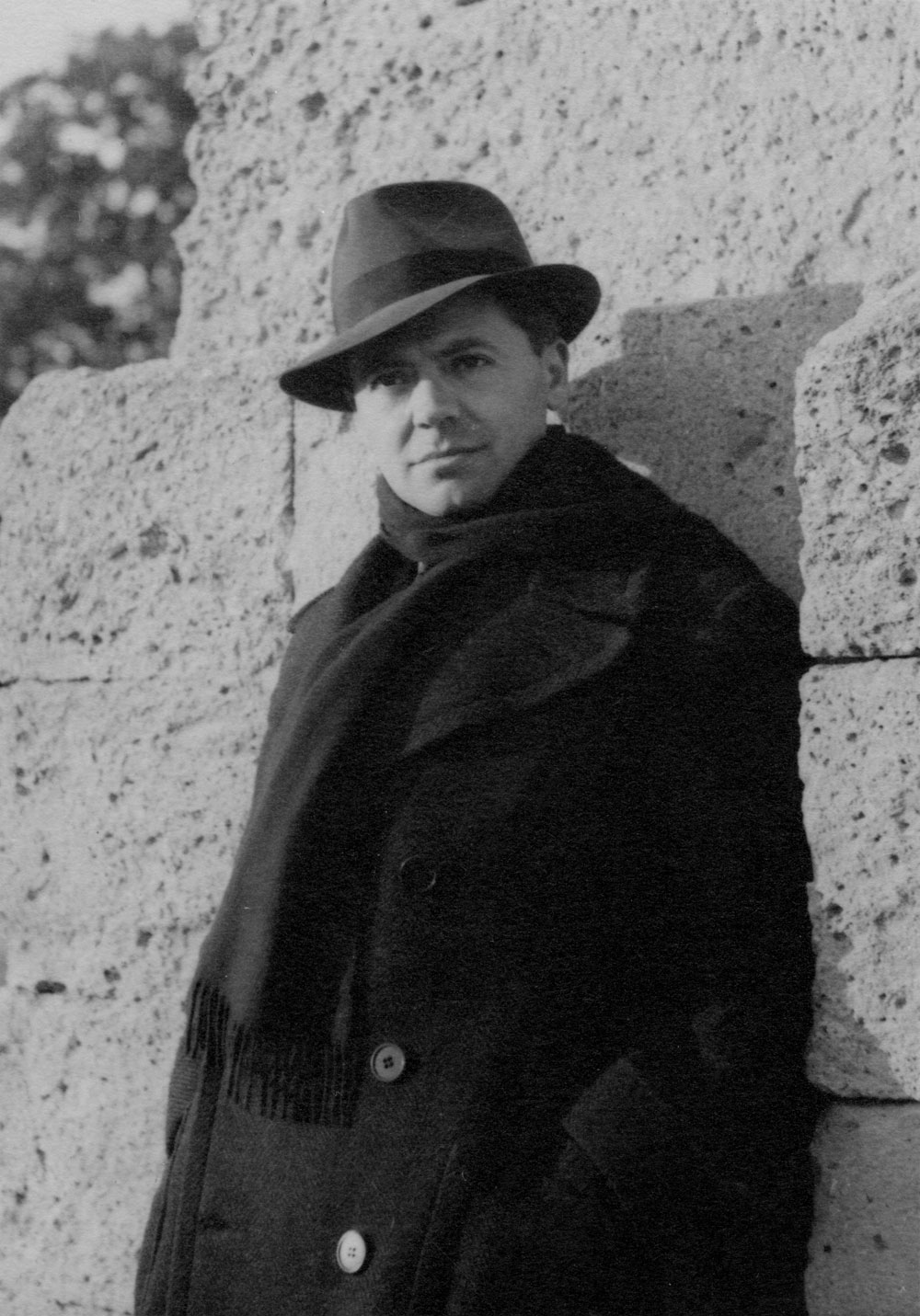Uniting the Resistance
In most countries where people rose up in resistance against Nazism and Fascism, there was initially no unified resistance movement, but various groups, some of them rivalling each other. Resistance often arose spontaneously, rather than from a central organisation. This was for example the case in France, where until 1943 there was not the Résistance, but Résistances (in plural).
France was split since June 1940 into a German-occupied northwest and an unoccupied southeast, and this hindered communication and the formation of unified resistance movements. Additionally, there was the exile resistance of Charles de Gaulle, who had proclaimed “Free France” from London in June 1940.
Within France, resistance movements gradually formed from 1941, engaging in activities such as publishing underground newspapers, collecting information and developing paramilitary units. Two features characterised them: Firstly, most had formed independently of the old political parties of France’s “Third Republic” and explicitly opposed these parties, blaming them for France’s defeat. Secondly, they initially had no connection with de Gaulle and were keen to develop independently of him.
For de Gaulle, uniting these resistance groups under his authority was crucial to present himself as the legitimate representative of France to the Anglo-American allies Two key figures in this unification process were Pierre Brossolette and Jean Moulin: They had both visited de Gaulle in London and received his mandate to unite the resistance – Moulin for the southern zone, Brossolette for the northern zone. Both were extremely skilful in their approach and negotiated effectively with the leaders of the major resistance movements, who were very concerned about their independence.
However, Brossolette and Moulin had differing visions for the united resistance and post-war France. Brossolette believed that the old parties should not be part of the unified resistance, advocating for a new France that united all “spiritual families” of the country. Moulin, on the other hand, saw the inclusion of the parties as essential, knowing that the Allies recognized them as legitimate political forces and that their support was necessary for de Gaulle to gain Allied endorsement. Moulin’s strategy was the winning one: The “National Resistance Council” (Conseil national de la Résistance), which met for the first time on 27 May 1943, included not only the different resistance movements but also representatives of six parties.
Both protagonists of the unification were victims of betrayal, arrested by the occupying forces and paid for their efforts with their lives: Moulin was tortured to death by the Gestapo, while Brossolette jumped out of a window before his henchmen could begin their interrogation.
Matthias Waechter


